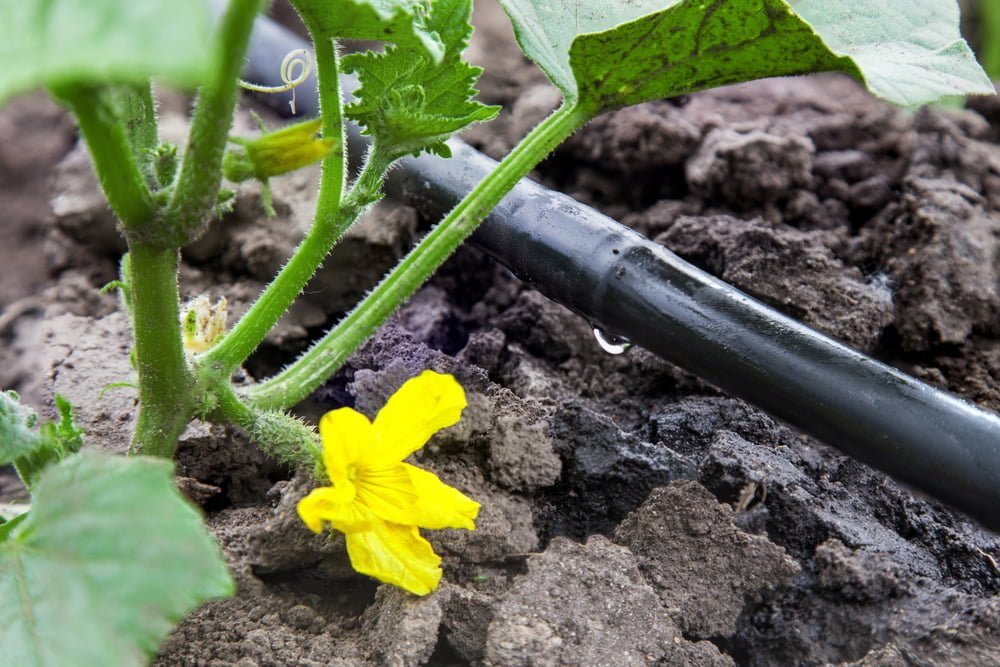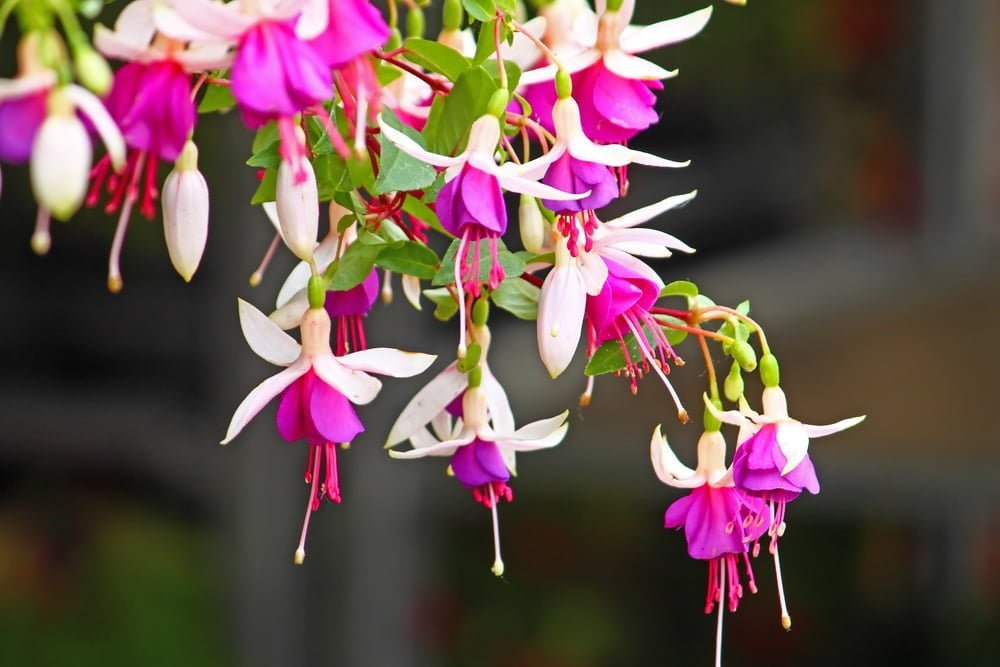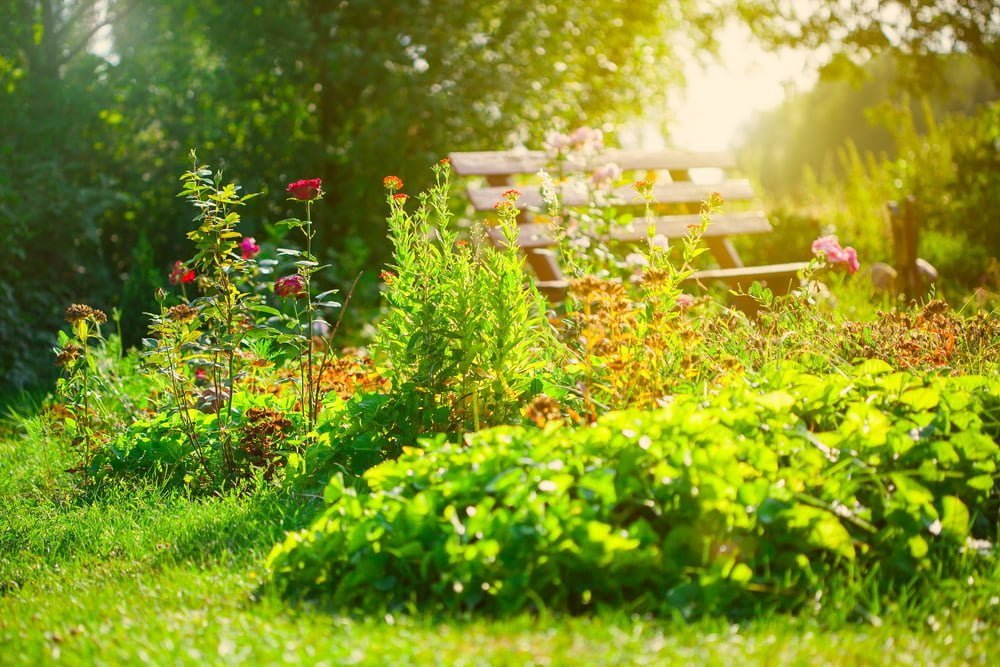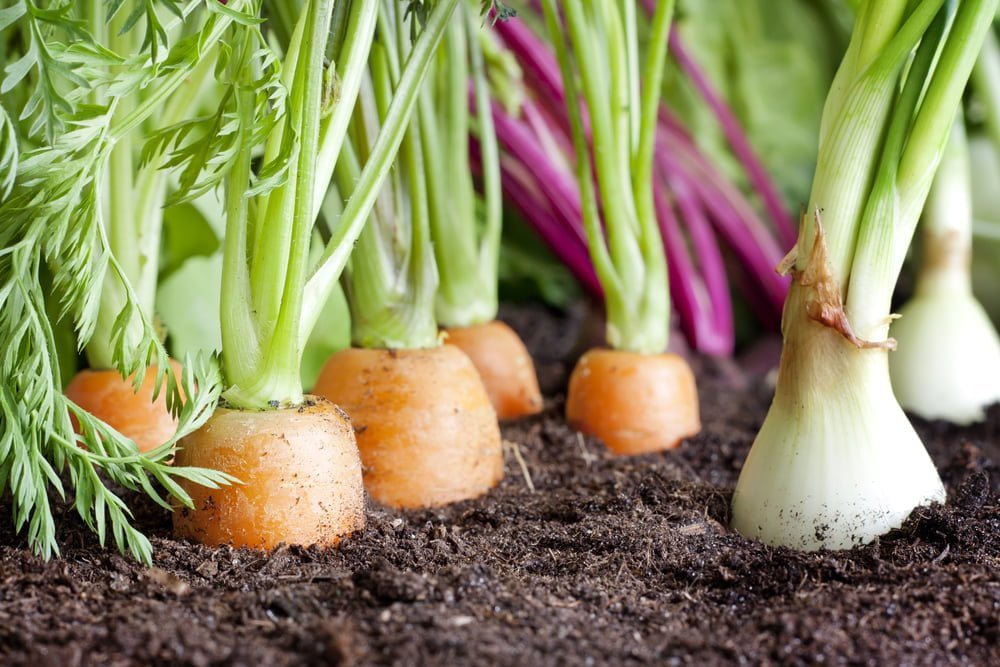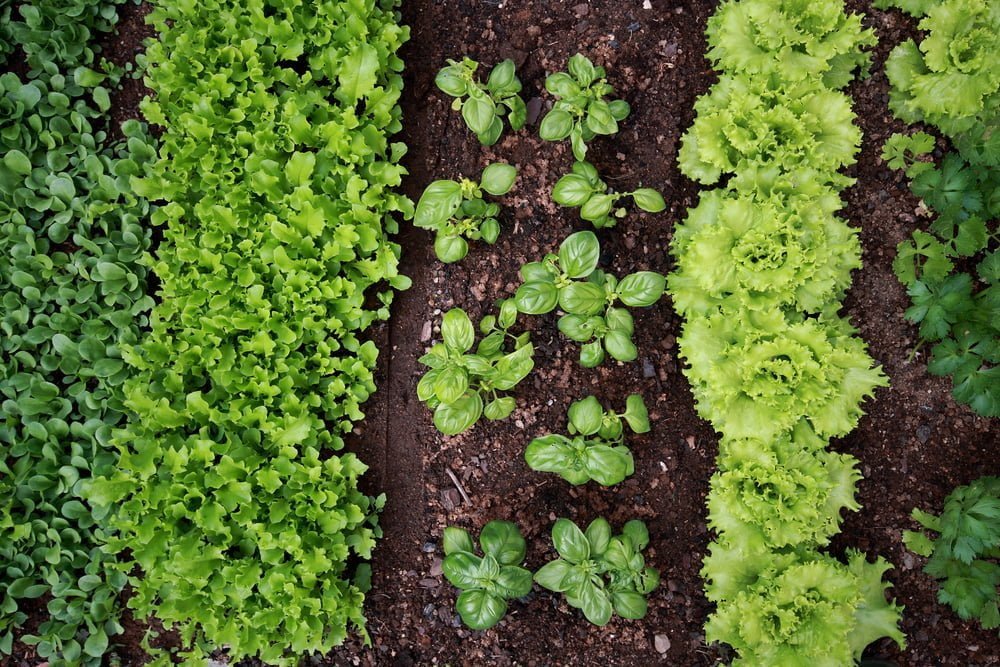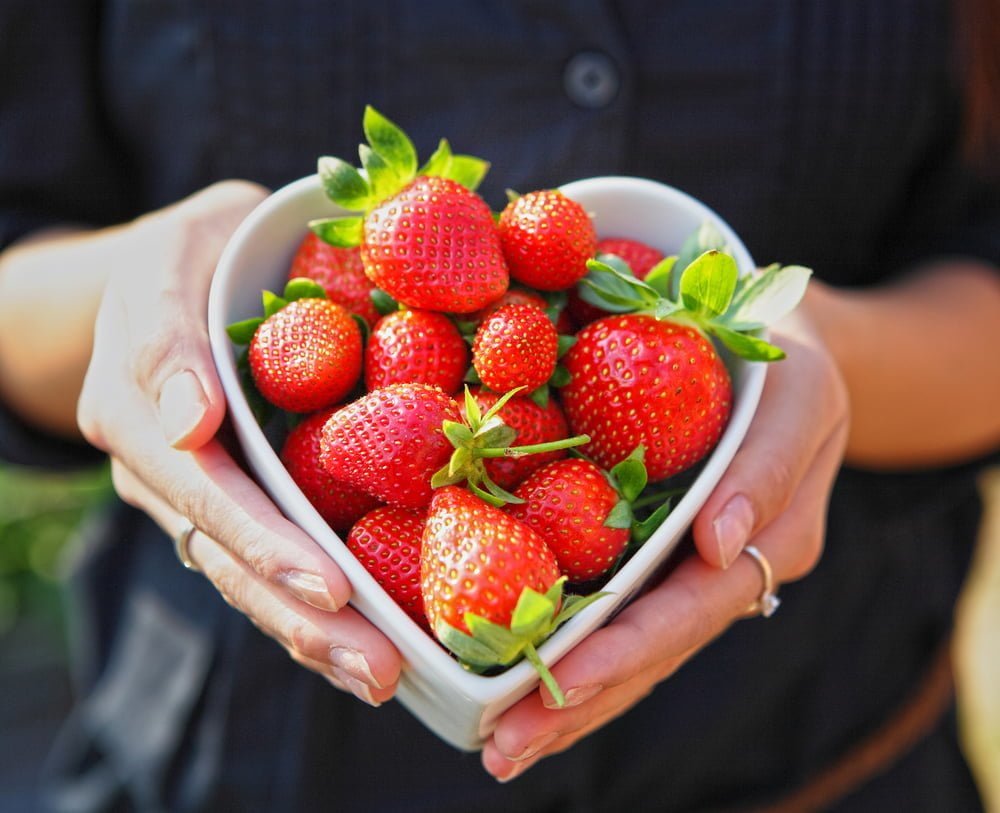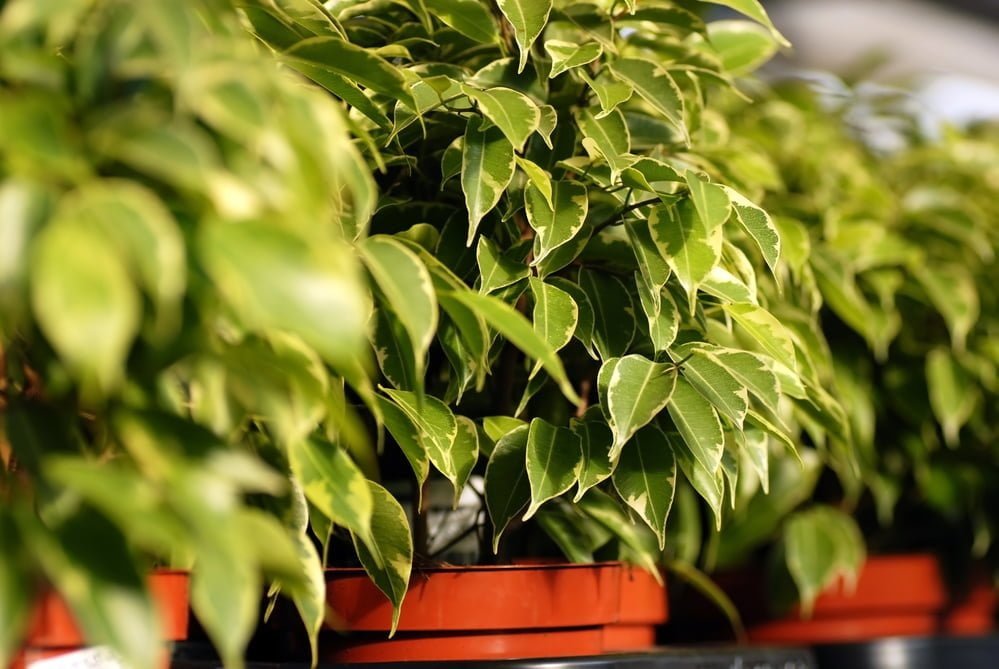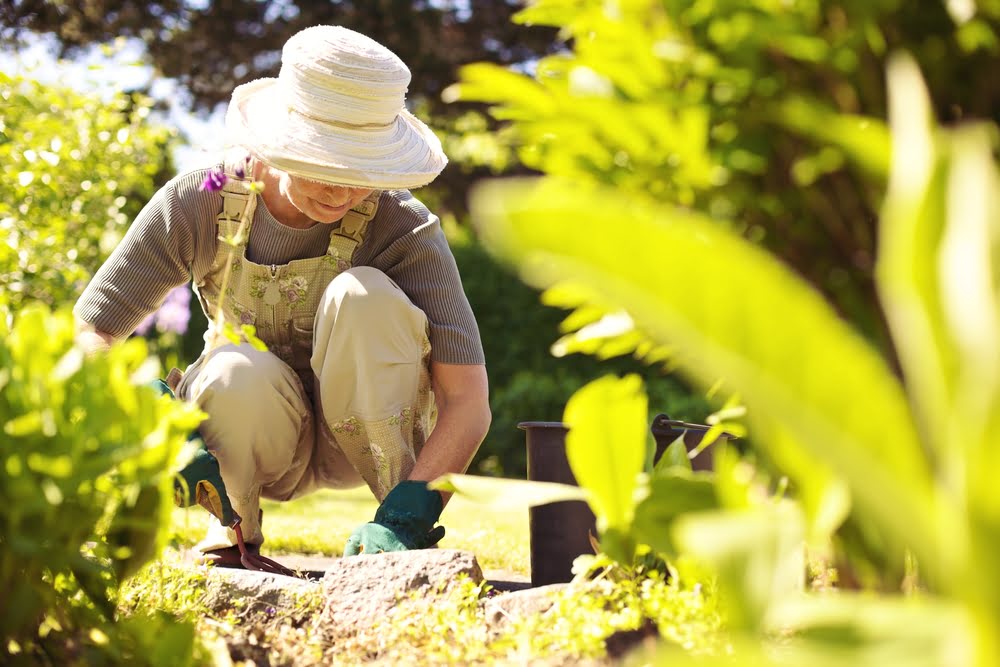
Some gardening tips help you win the battle against weeds or increase the yield of fruits and vegetables. But these tips, from the professionals at Millcreek Gardens, are designed to help you stay cool this summer, while you’re working in your garden.
It’s important to be careful out there, in the brutal Utah sun. Overheating can result in a variety of ills, including rash, cramping, dizziness, confusion or fainting. Once you pass the point of heat exhaustion, you’re at risk for heat stroke, which can be fatal.
Besides, you’ll have a lot more fun if you follow these easy gardening tips to make sure you stay as comfortable and cool as a cucumber!
Stay Cool Gardening Tip 1: Don’t Skimp on the Water
Speaking of cucumber, our first gardening tip is to add a few slices of cucumber (and some lemon and mint, if you like) to a thermos of icy water. This makes a lovely treat for sipping in the garden.
Always drink plenty of water, especially if you’ve been sweating. A liter an hour isn’t too much when working outside in the heat.
Next, dip a few bandanas or headbands in water and pop them in the freezer overnight. Wrap one around your forehead or neck to keep cool. When it gets too warm, switch it out for a fresh one.
Some of our customers swear by watering their garden the night before they plan to work outside. This gardening tip helps keep the temperature down on hot days.
Stay Cool Gardening Tip 2: Cover Up
Start by covering up with sunscreen 30 minutes before you plan to go into the garden. Use lots and reapply often. Most dermatologists recommend a broad spectrum sunscreen, SPF 30 or above. But use a higher SPF for children and for yourself, if you’re fair skinned.
The right gardening clothes can make a big difference. Choose lightweight cotton fabric pieces that are loose fitting. Light colors are best, as they help reflect the sun. Wear a lightweight straw hat or visor, and sunglasses to protect your eyes.
For the maximum protection, use a market umbrella and weighted stand to provide movable shade.
Stay Cool Gardening Tip 3: It’s All in the Timing
Of course, tackling your gardening early in the morning or later in the evening will protect you from the heat of the day.
If you can’t get everything done during these times, save the easy tasks for the hotter parts of the day. Take advantage of the cooler hours for the strenuous work.
Be sure to take lots breaks. Go inside to cool off at least once an hour or more. If you find yourself becoming dizzy or lightheaded, get inside right away. Ditto if your heart starts to pound or you feel pressure or pounding in your ears.
Garden with a friend or family member whenever possible. If you must work outside alone, keep a cell phone with you and don’t hesitate to call 911 if you feel faint.
In the Salt Lake City area, Millcreek Gardens is the premier locally owned and operated garden center. We love helping our customers all year long with the plants, supplies and advice you need for the perfect plants, flowers, trees and shrubs.
Stop by our beautiful garden center today. We would love to give you even more helpful gardening tips!



